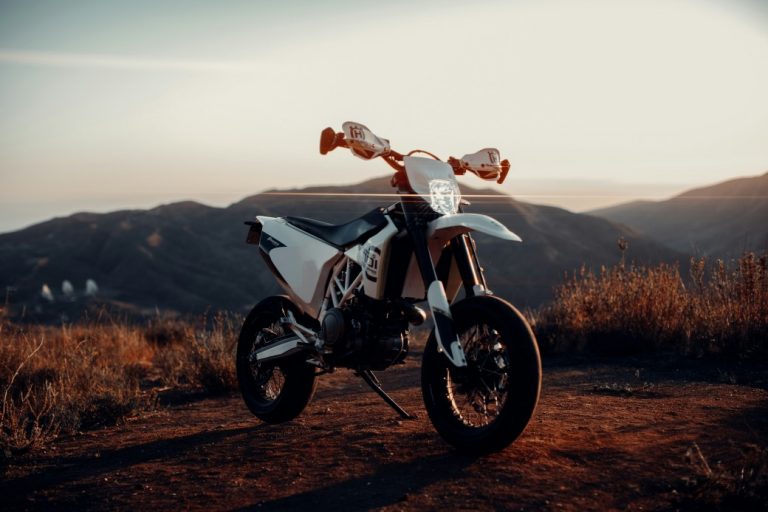Off-Road & ATV Tire Guide: Sizes, Specifications, and Buying Tips
Everything You Need to Know About Choosing the Right Tires for Your Adventure Vehicle
Introduction
Off-road and ATV tires are critical components for performance, safety, and durability in rugged terrains. Whether you’re navigating muddy trails, rocky hills, or sandy dunes, understanding tire specifications is key to making an informed purchase. This guide covers:
- Common tire sizes for off-road motorcycles and ATVs (e.g., 12″, 14″, 17″, 18×9.5/8″).
- Technical parameters like tread pattern, rubber compound, and load-bearing capacity.
- Practical buying tips to match your vehicle and riding conditions.
Section 1: Understanding Off-Road Tire Sizes
1.1 Off-Road Motorcycle Tire Sizes
Common sizes include:
- 12″: Ideal for lightweight mini off-road bikes (e.g., Honda CRF125).
- 14″: Popular for mid-size adventure motorcycles (e.g., KTM 125 SX-F).
- 17″: Standard for larger trail bikes (e.g., Yamaha WR250F).
**Why size matters?**
- Larger diameters (e.g., 17″) offer better stability on uneven terrain.
- Narrower widths (e.g., 12″) improve maneuverability in tight spaces.
1.2 ATV Tire Sizes
Key specifications:
- 18×9.5/8″: Fits most mid-size ATVs (e.g., Polaris Ranger).
- 19×7/8″: Common for high-performance models (e.g., Honda TRX800).
ATV tire tips:
- Wider tires (e.g., 19×7/8″) provide better flotation in mud.
- Shallower tread patterns are faster on hard surfaces.
Section 2: Key Tire Parameters Explained
2.1 Tread Pattern
- Deep lugs: Better for mud and sand (e.g., knobby tread).
- Smooth/symmetrical patterns: Optimal for hard-packed trails or paved roads.
2.2 Rubber Compound
- Softer compounds: Grip better in wet/muddy conditions but wear faster.
- Harder compounds: Last longer on rocky terrain but may lack flexibility.
2.3 Load Index & Speed Rating
- Load index (e.g., 85): Indicates maximum weight capacity (e.g., 85 = 515 kg).
- Speed rating (e.g., “Q” = 160 km/h): Critical for high-speed vehicles.
2.4 Ply Rating
- Higher ply counts (e.g., 4-ply) mean stronger sidewalls for rough terrain but increased weight.
Section 3: Buying Guide for Adventure Riders
3.1 Match Terrain to Tread Pattern
| Terrain | Recommended Tread Pattern | Example Use Cases |
|---|---|---|
| Mud/sand | Aggressive knobby tread | Swamp trails, desert dunes |
| Rocky hills | Blocky tread with spaced lugs | Hill climbing, rock crawling |
| Hard-packed | Smooth or semi-symmetrical | Forest trails, paved roads |
3.2 Consider Seasonal Needs
- All-season tires: Balanced tread for mixed conditions.
- Winter tires: Specialized for低温 and snow (not common in tropical markets).
3.3 Balance Budget vs. Performance
- Budget option: Chinese-made tires with proven durability (e.g., 12″ off-road tires priced at 50).
- High-end choice: Brand-name tires like Michelin Cross Country or Kumho Mud Master (priced 150+).
3.4 Check Compatibility
- Verify your vehicle’s rim width, bolt circle diameter, and valve stem type (e.g., standard or tubeless).
Section 4: Frequently Asked Questions
- **Can I mix tire sizes on my ATV?**
→ No—mismatched tires can cause handling issues and uneven wear. - **What’s the lifespan of off-road tires?**
→ Average 2,000–5,000 km depending on terrain and maintenance. - **Are tubeless tires worth the investment?**
→ Yes—lighter weight and better fuel efficiency, but require compatible rims.
Conclusion
Choosing the right off-road or ATV tire depends on your vehicle, riding style, and environment. Always prioritize:
- Tread pattern for terrain adaptability.
- Rubber compound for grip and longevity.
- Compatibility with your vehicle’s specifications.
At [Your Company Name], we offer a wide range of high-quality tires in sizes like 12″, 14″, 17″ (off-road) and 18×9.5/8″, 19×7/8″ (ATV). Contact us for free samples or technical support!



